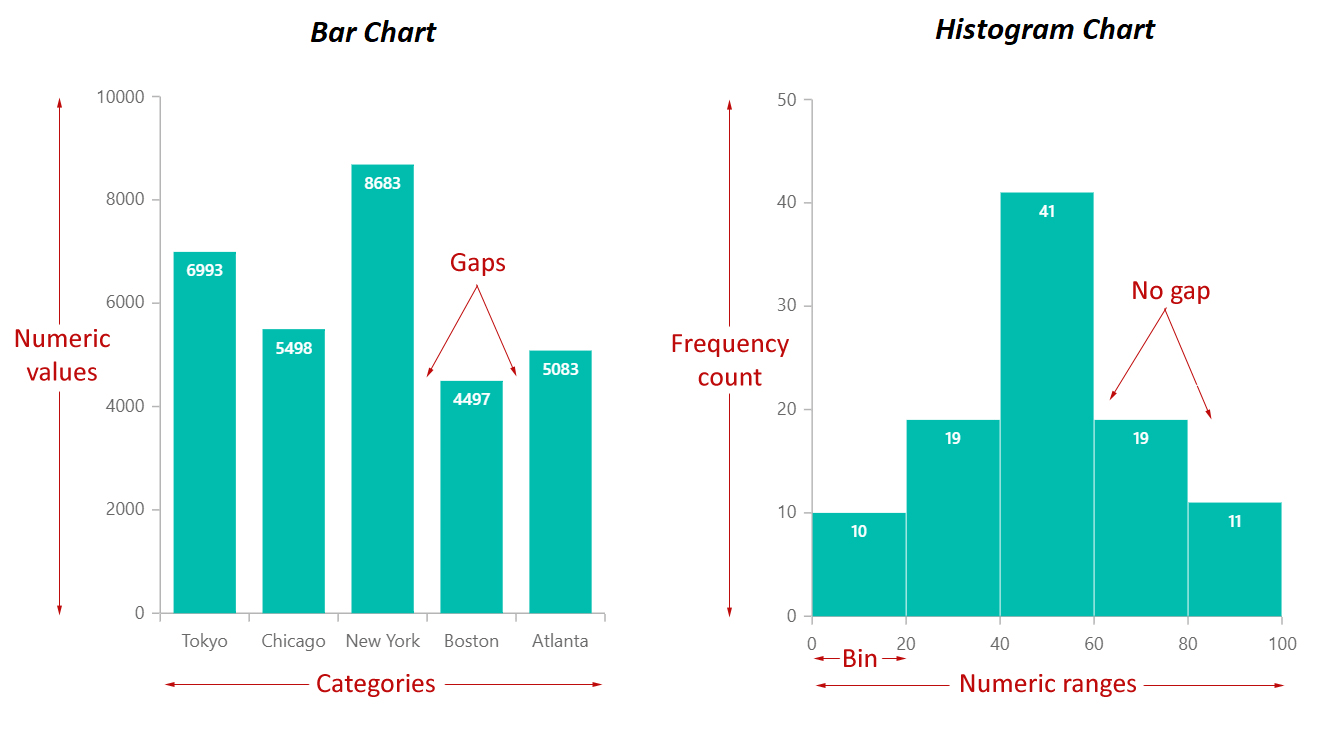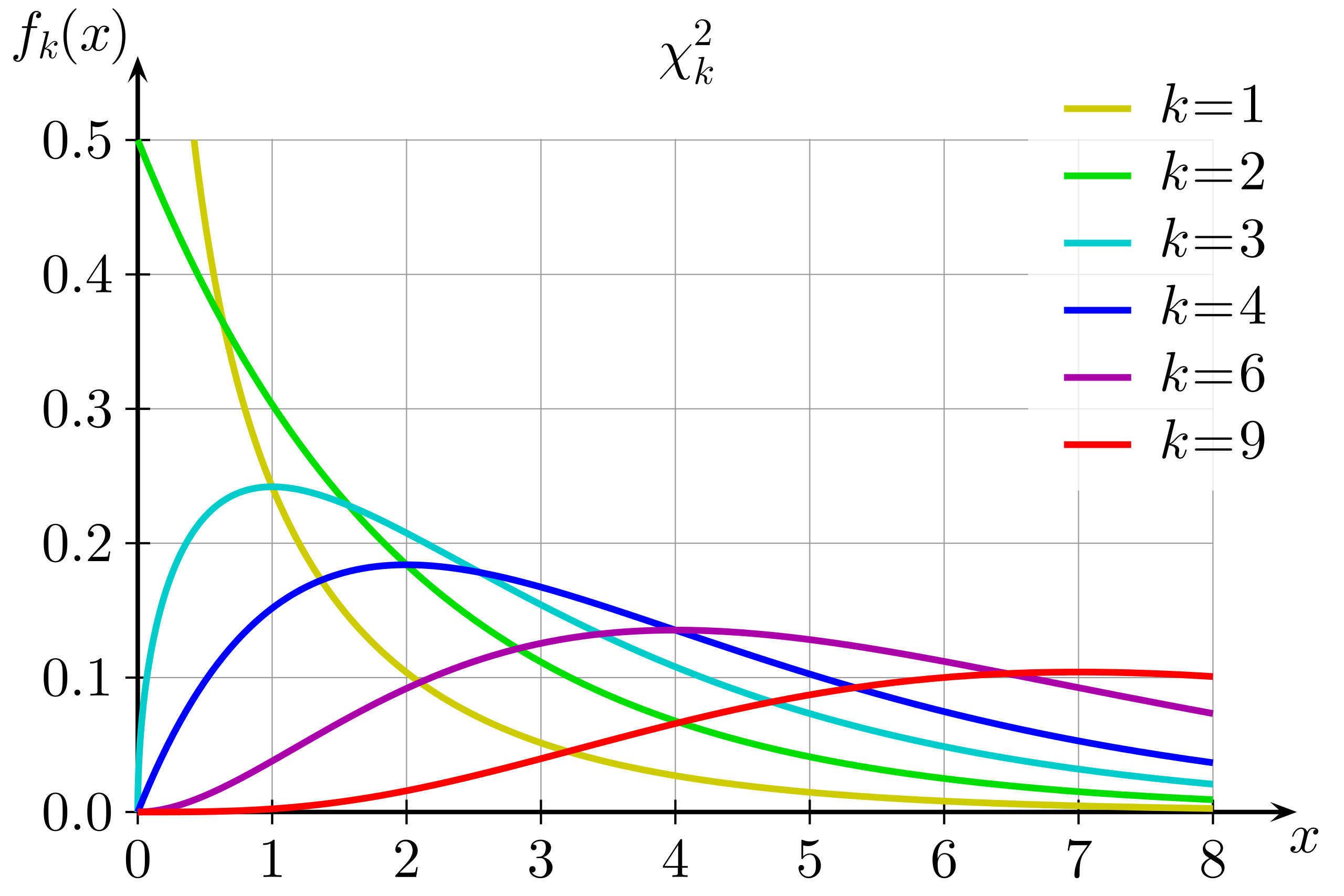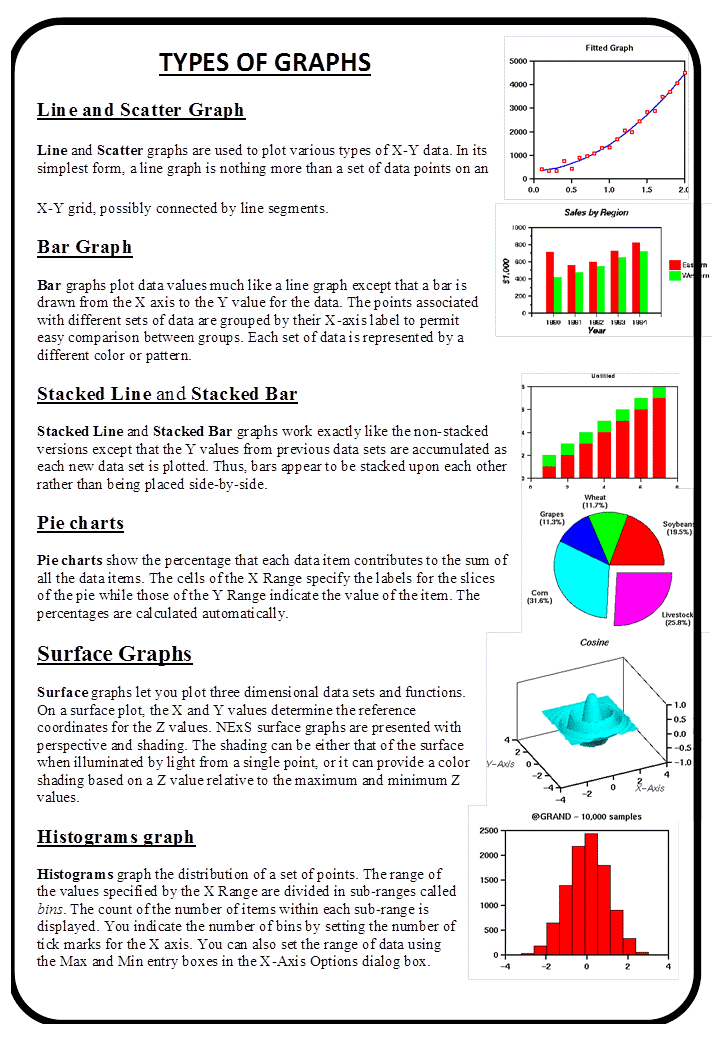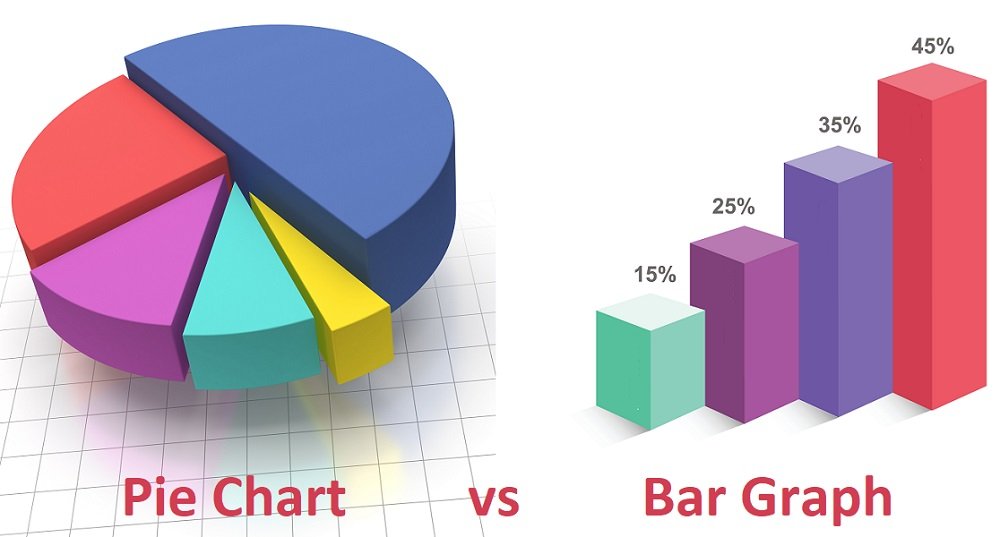Statistics pie chart year numbers costs lap vital big summary daily
Table of Contents
Table of Contents
If you are someone who works with data, whether it’s analyzing sales trends or conducting scientific research, chances are you have used a Pie Chart In Statistics at some point in your career. Pie charts have become a staple in the world of statistics because of how effectively they can communicate complex data in a simple visual form.
The Importance of Pie Chart In Statistics
As much as we rely on Pie Chart In Statistics, it’s important to recognize that they are not without their flaws. One of the biggest problems with pie charts is that they can be difficult to read when there are too many slices, or when the slices are too small. Another issue with pie charts is that they can be misleading when the values they represent are not proportional.
Despite these challenges, pie charts remain an essential tool for data visualization. They can be used to communicate everything from market share to demographic data, and they are an easy way to quickly convey key insights without overwhelming your audience.
Pie Chart In Statistics Definition and Purpose
Pie Chart In Statistics is a type of chart that displays data as a circle divided into slices. Each slice represents a proportion of the whole, and the size of the slice is proportional to the value it represents. Pie charts are used to show how different parts relate to the whole and are particularly useful for visualizing percentages.
Personally, I have used Pie Chart In Statistics in many different projects over the years, from illustrating changes in website traffic patterns to breaking down survey results. I find that pie charts are a great way to quickly communicate information in a way that is easily digestible for a wide audience.
The Pros and Cons of Using Pie Chart In Statistics
One of the biggest benefits of Pie Chart In Statistics is that they are easy to read and understand. Even people who are not familiar with statistical concepts can usually understand the basic idea behind a pie chart. Additionally, pie charts are great for showing how different parts contribute to a whole, making them perfect for visualizing things like market share or demographic data.
On the other hand, pie charts have some limitations that are important to be aware of. One of the biggest issues is that they can be difficult to read when there are too many slices or when the slices are too small. Another issue is that pie charts can be misleading when used to compare values that are not proportionate.
How to Effectively Use Pie Chart In Statistics
When creating a pie chart, there are several best practices to keep in mind. First and foremost, make sure that the chart is easy to read. This means limiting the number of slices and making sure that the slices are proportional to the values they represent. Additionally, it’s important to provide clear labels for each slice and to add any necessary context or additional information to help the audience understand the data being presented.
Important Considerations for Pie Chart In Statistics
One thing to keep in mind when creating Pie Chart In Statistics is that they are not always the best way to present data. There are many situations where other chart types, like bar charts or line charts, may be better suited to the data you are trying to convey. As with any data visualization, it’s important to choose the right tool for the job.
Frequently Asked Questions about Pie Chart In Statistics
Q: How many slices should a pie chart have?
A: There is no hard and fast rule for how many slices a pie chart should have, but it’s generally a good idea to limit the number to no more than 5-7.
Q: When should I use a pie chart?
A: Pie charts are great for visualizing how different parts contribute to a whole, making them perfect for displaying things like market share or demographic data.
Q: What are some common mistakes to avoid when creating pie charts?
A: The biggest mistake people make when creating pie charts is including too many slices or using slices that are not proportional to the values they represent.
Q: Are there any alternative chart types that I should consider instead of a pie chart?
A: Yes, there are many other chart types that may be better suited to your data, such as bar charts or line charts. It’s important to choose the right chart type for the data you are trying to convey.
Conclusion of Pie Chart In Statistics
Pie charts are a powerful tool for data visualization, allowing you to quickly and easily communicate complex information to a wide audience. However, it’s important to be aware of their limitations and to use them appropriately. By keeping best practices in mind and choosing the right chart type for the job, you can effectively use Pie Chart In Statistics as part of your data analysis toolkit.
Gallery
Just Made These Pie Charts As An Indicator Of How The “official
Photo Credit by: bing.com / mbti personalities inconsistent
The Pie Chart | Dr. Dominic Royé

Photo Credit by: bing.com /
Pie Chart Demonstrates The Number Of Studies Per Country. | Download

Photo Credit by: bing.com / studies demonstrates
A Year In Numbers – The Big Lap Vital Statistics | JKSJ Travelling 2015

Photo Credit by: bing.com / statistics pie chart year numbers costs lap vital big summary daily
Visualizing Data Using Pie Chart | Data Science Blog

Photo Credit by: bing.com / pie chart data using statistics business visualizing statistical science 13th august


